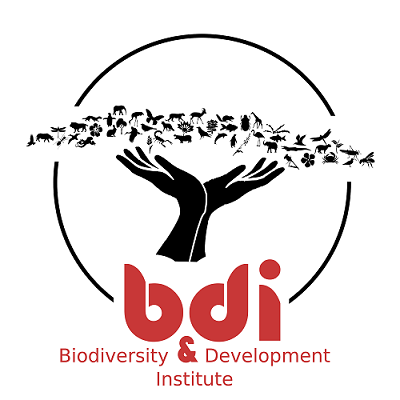Cover image by Ryan Tippett – Carnarvon District, Northern Cape – BirdPix No. 97078 Cinnamon-breasted Warbler
Identification
The Cinnamon-breasted Warbler is a small dark brown, rock loving warbler. At close range its chestnut breast band, rump and forehead are diagnostic. The crown, mantle and wings are rufous brown. The supercilium, throat and breast are grey with indistinct dark barring. The flanks are rich rufous and lower belly is dark grey. The tail is black and is moderately long. The legs are relatively long and blackish grey.
The sexes are alike and the juveniles are a more uniform rusty-brown in colour.

Botterkloof, Western Cape
Photo by Maans Booysen

Richtersveld, Northern Cape
Photo by John Fincham
Status and Distribution
The Cinnamon-breasted Warbler is generally uncommon and very localised in occurrence. It is endemic to Southern Africa. It occurs principally in the Karoo biome. In South Africa it is found locally in parts of the Northern and Western Cape, mostly in the interior. It is also found sparsely in Southern Namibia.

Details for map interpretation can be found here.
Habitat

Photo by Ryan Tippett
The Cinnamon-breasted Warbler is closely linked to rugged boulder-strewn hillsides, koppies, rocky mountainsides, cliffs and ravines with scattered karroid shrubs and grasses, and always in arid and semi-arid regions. It occurs most commonly in the Nama and Succulent Karoo biomes.

Botterkloof, Western Cape
Photo by Maans Booysen
Behaviour
This is an active yet secretive species that is easily overlooked. However, at times it can be rather inquisitive. It is usually found singly, in pairs or small family groups. They forage at ground level or amongst boulders and bushes. They feed predominantly on small insects such as grasshoppers, termites, ants, caterpillars and bugs.
It may be seen at close quarters, before disappearing from view and then reappearing many metres away. It is quite mouse-like in its movements as it creeps about between boulders and on rock faces at any angle. It is usually detected by its loud song, which may be heard through the summer months.

Skitterykloof, Western Cape
Photo by Gerald Wingate
This is a resident species but it is known to move about locally in response to environmental conditions.
Breeding takes place from July to October in winter rainfall regions and during December in the summer rainfall parts of its range. The nest is a fairly large oval ball composed of grass and other plant materials, bound together with cobwebs. The nest entrance is near the top of the most exposed side of the nest. The nest walls are thick and the interior is generously lined with the soft, white seed fibres of the Kapokbos Eriocephalus africanusas well as sheep’s wool and cobwebs. The nest is built into a suitable space within the branches of the supporting plant.
Two to four speckled white eggs are laid but further details of breeding are unrecorded.

– Carnarvon district, Northern Cape
Photo by Ryan Tippett
Further Resources
Species text adapted from the first Southern African Bird Atlas Project (SABAP1), 1997.
The use of photographs by Gerald Wingate, John Fincham and Maans Booysen is acknowledged.
Virtual Museum (BirdPix > Search VM > By Scientific or Common Name).
Other common names: Kaneelborssanger (Afrikaans); Camaroptère cannelle (French); Kopjeszanger (Dutch); Zimtbrustsänger (German); Felosa-de-peito-canela (Portuguese).
A list of bird species in this format is available here.
Recommended citation format: Tippett RM 2023. Cinnamon-breasted Warbler Euryptila subcinnamomea. Biodiversity and Development Institute. Available online at http://thebdi.org/2023/04/11/cinnamon-breasted-warbler-euryptila-subcinnamomea/

Near Ceres, Western Cape
Photo by Gerald Wingate

